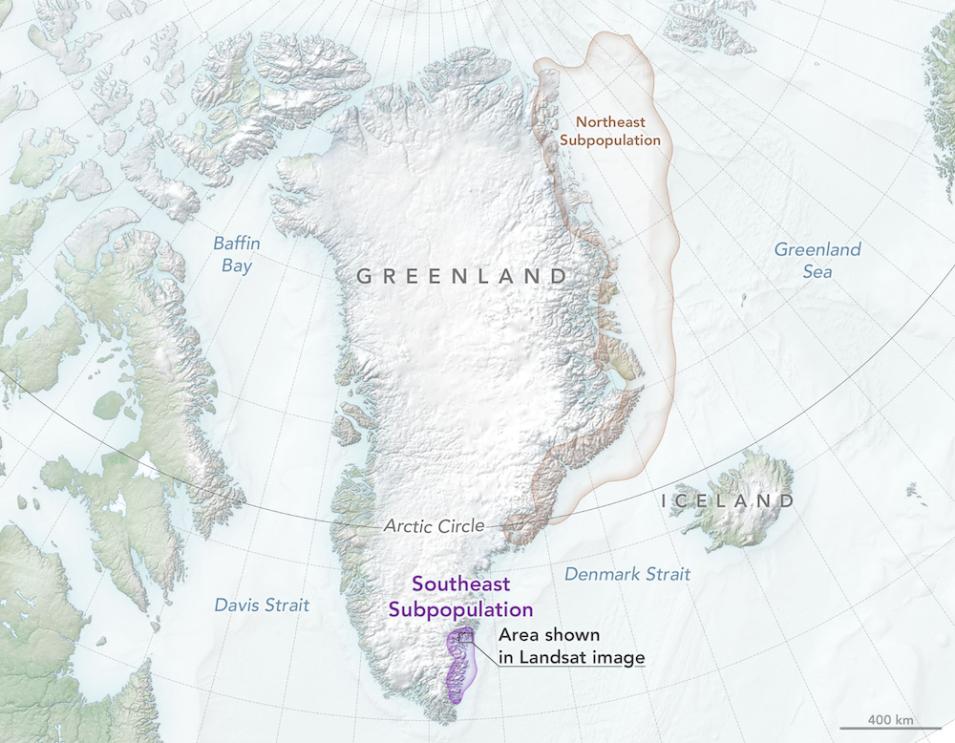Scientists have discovered that glaciers in Southeast Greenland are harboring a previously unknown subpopulation of polar bears. The bears, which are uniquely adapted to their environment, could provide insight on the future of the species in a warming Arctic.
Most polar bears rely on Arctic sea ice as a platform for hunting seals, mating, and raising cubs. As the planet warms and sea ice declines, the bears are struggling to complete these essential life tasks. However, researchers using satellites and ground-based data sources found that polar bears in Southeast Greenland have adapted to life in a place where sea ice is scarce for much of the year.
Instead of traveling large distances to hunt on sea ice, polar bears in Southeast Greenland are homebodies. They live and hunt amid the region’s fjords, where glacial ice spills from land and flows into seawater. The unique population has been isolated from their counterparts in the High Arctic for long enough that they have become genetically distinct.
“We knew there were some bears in the area from historical records and Indigenous knowledge,” said Kristin Laidre, a polar scientist at the University of Washington. “We just didn’t know how special they were.”
Laidre and colleagues combined 36 years of movement, genetic, and demographic data to show that polar bears in Southeast Greenland are distinct from bears living elsewhere along the island’s eastern coast. Their findings were published June 17 in Science.

